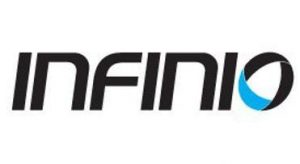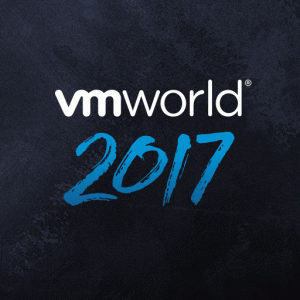Almost on every project I have worked on, I make an kickstart script for installing VMware ESXi. Although at first, it seems a lot of work. Using a kickstart script for installing VMware ESXi has many advantages:
- Every host is installed consistent.
- Elimination of human installations errors.
- Install script can be used as documentation.
- In case of a re-installation (hardware failure for example), the host is installed quickly.
- Every IT administrator can perform the installation, you don’t have to be a VMware Expert.
- I have created kickstart scripts since ESXi version 4.
While reading the VMware vCenter 6.5 installation documentation, I saw the option for a vCenter Server CLI installation or upgrade. Again, performing an unattended installation of vCenter Server has the same advantage as an kickstart for ESXi.
As with everything, the first time, reading, testing, adjusting your script takes time. But it’s while worth it!
First something about the CLI installer.
Read more »
 This week, I had the opportunity to speak at the Dutch VMUG (NLVMUG) about a project I did last year.
This week, I had the opportunity to speak at the Dutch VMUG (NLVMUG) about a project I did last year.
Title of my session was: Migrate your datacenter without downtime
Session abstract
Moving a complete datacenter 50 KM, without downtime?
A few years ago this was unthinkable, but with the help of VMware techniques this is possible nowadays. In this customer case, Michael Wilmsen shows you how he did this for a university, using VMware techniques and PowerCLI. Not only the process of script development, but you will also get a better understanding of how the VMware techniques work and how they are applicable.
Read more »

Nowadays, many legacy storage devices (SAN/NAS) have the option for hosting flash devices in their solution. Flash devices leverage high IOPS and low latency.
Most common used storage protocols (iSCSI, NFS and even Fiber Channel) are bandwidth optimized, and are not latency optimized. Of course Fiber Channel (FC) has a lower latency, as Ethernet based protocols like iSCSI and NFS. But still remote device will have a higher latency as local devices. In this blog post from Mellanox, they explain why FC is doomed according to them.
In the past I wrote a blog post explaining why you want your flash devices as close as possible to your applications. Hence why Hyper Converged Infrastructure (HCI) are so popular nowadays.
But what if you have a legacy storage solution, and still want low latency for your applications?
Read more »

This year, I was rewarded with a blogger pass for VMworld.
In this blogpost I want to highlight, what was striking to me.
Solutions exchange
Every year I like to walk around the Solution Exchange, talking with vendors and learning about their solutions.
What was surprising to me this year, was the size and the quality of boots. Comparing to other VMworld, the boots where much larger and had more lighting and some of the even LED screens. I know that the development and a spot on the Solution Exchange is not cheap, so clearly these vendors see the importance of being present and want to invest in an event like VMworld.
Sessions
I’ve attended a couple of sessions, as most session are recorded and can be watched online after VMworld. The sessions I’ve attended, these sessions were striking to me.
Most of these session will also be in VMworld Barcelona.
Read more »
VMworld US is in a few weeks. This year I have been lucky to get a blogger pass from VMware. Every year I go to Barcelona, and if I can, also to VMworld US. For me VMworld US is more interesting. Why?
One of the main reason why go to VMworld, is the Solution Exchange (SOL). The SOL is a great place to meet a lot of different vendors who add value to the VMware portfolio. Talking with the people from the traditional vendors, is always great. You get a good understanding what they’re up to. What will be available in the near future, and their future roadmaps (nothing guaranteed of course).
Read more »



